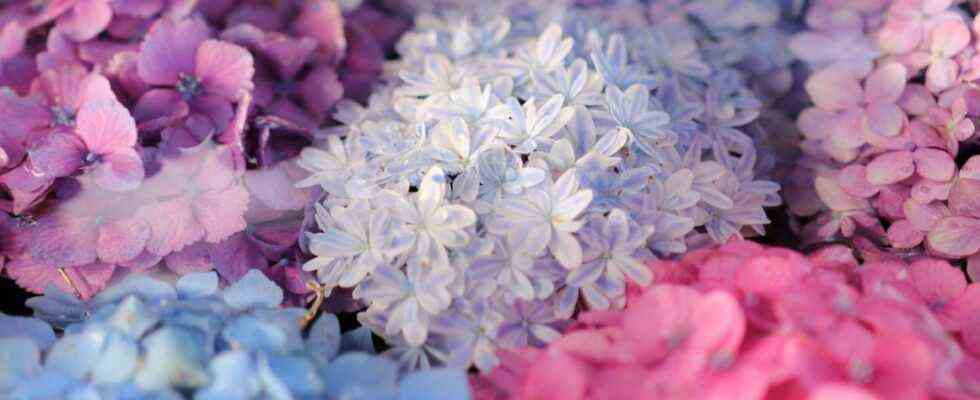Characteristic of a northern exposure
A northern exposure can quite benefit from a beautiful vegetation if one selects plants which can adapt to the peculiarities of this location.
- In the north, the space is generally cooler.
- The area is often shaded, the sun being much less present.
- The place is more humid.
You must therefore turn to plants that support shade. The evergreen plants are often more resistant to cold. To bring a sense of light to the outdoors, you can choose plants with light foliage or white blooms.
When planting, it is important to make sure that this is the right season to plant. It is also necessary to check the nature of the soil necessary for the plant and its water requirements in order to ensure its good development.
Which shrubs for a northern exposure?
As we have seen, conditions in the north are more difficult, so it is advisable to choose your shrub (s) well for this space which is almost always shaded, wetter and colder. Flowering shrubs are not a preferred choice, as they will only be able to bloom rarely. You should therefore prefer shrubs whose decorative foliage will be the most beautiful effect.
However, here are some colorful flowering shrubs you can bet on:
- Hydrangea or hydrangea : to be installed against a wall facing north. They will thus be able to enjoy shelter and coolness during the summer period. They grow quite fast and bloom in large clusters of round or flat flowers can be white, pink or blue depending on the pH of the soil. It takes place between July and September.
- Fuchsia
- Winter jasmine : this shrub will offer you winter flowering and is an easy-going plant.
- Mahonia : it is an evergreen shrub which also flowers in winter. You can install it near the house
- Japanese quince : it can be installed in a massif.
For shrubs with decorative foliage, you can choose the following:
- Japanese maple : in a slightly dark courtyard, this is where its colors will be the most beautiful.
- Japanese Camellia : it can be installed in a hedge or in isolation. You can install it against a wall to protect it from the cold.
- Common holly : it can constitute a very decorative defensive hedge which will have, in addition, the advantage of providing food to the birds.
Which flowering plants for a northern exposure?
For a northern exposure, you just need to choose your flowers carefully to take full advantage of them.
You can thus plant roses which are known to appreciate a northern exposure. However, be sure to choose a variety that will be suitable for shade or partial shade.
You can also install:
- of bellflowers ;
- of begonias ;
- of witch Hazel ;
- a clematis ;
- of digital ;
- a rhododendron.

Which plants for a northern exposure?
Among all the plants, there are also plants which will not necessarily flower, but which will be able to please exposed to the north. So, you can opt for ivy, ferns or even hostas. These are plants that will take a good place on the ground. They all have decorative foliage that will make them attractive in your garden. They are perennials that are easy to maintain.
Plant in front of a north facing wall
If you want to plant vegetation in front of a north facing wall, be it a garden, balcony or patio, it is important to take into consideration that it will cast permanent shade. During a heat wave, it is a place where you can enjoy a little cool. Conversely in winter, this area will tend to be humid and it will be colder. You should therefore bet on plants from the undergrowth, but also from heather soil. This place is also suitable for aromatic plants.
On the other hand, avoid at all costs plants which need a lot of sun and a slightly dry soil. It will therefore not be the ideal location for succulents, for example.
Achieve a balcony facing north
Do you want to green a balcony facing north? If it benefits from a minimum of sunshine. You will be able to choose from the following plants:
- Among the plants that are easy to grow, you can opt for bamboo. Will it have the advantage of protecting you from vis-à-vis? You can bet on a yellow mahonia, camellias, etc.
- You want plants whose evergreen foliage will allow you to enjoy a green balcony all year round, so favor heather or ferns.
- You can brighten up your balcony with plants colorful foliage like Japanese maple or red leucothoe.
- Stand out by betting on original plants : you can choose astilbes and their vaporous flowers. You can install them in pots without any problem. Otherwise, why not try poppies: they come in varieties, some of which feature colors that will stand out, such as the blues of the Himalayas.
As you can see, there are many plants that will be suitable for this type of location. Before winter, remember to protect them from the cold with a mulch. For the most fragile, it can also be useful to bring them in.
Regarding their maintenance, water regularly while taking care not to let water stagnate. To do this, opt for pots with a hole in the bottom.

